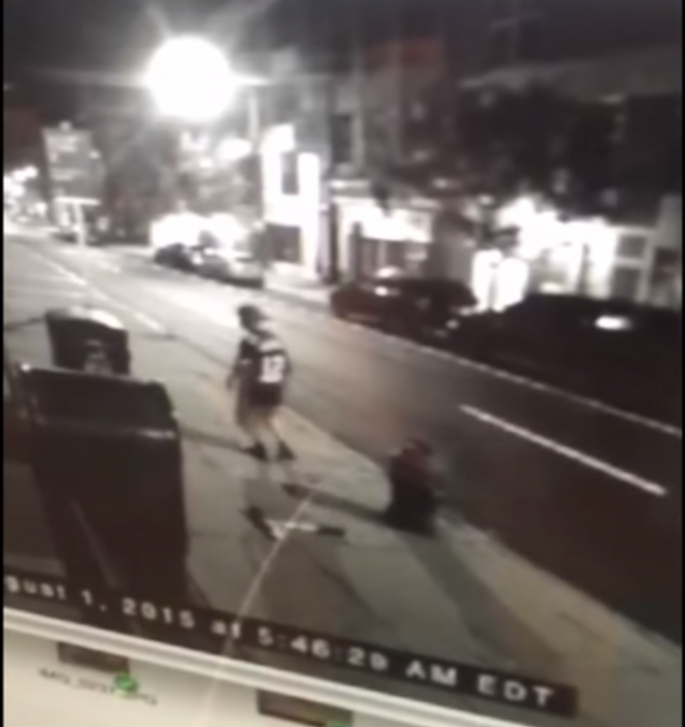A supposed video of the destruction of the hitchhiking robot has been found by a local Philadelphian.
The wandering social experiment known as HitchBOT was destroyed beyond restoration in Philadelphia on August 1, 2015, after previously and successfully travelling around Canada and parts of Europe.
A local Philadelphia based YouTuber, Jesse Wellens, was the last to see the robot intact. He claimed that he was with the robot on the morning before its disappearance. Accompanied by a friend, Wellens said that they left the robot near a local street corner which HitchBOT's Global Positioning System (GPS) was able to prove true.
Upon hearing the news of the robot's untimely demise, the YouTuber released his frustrations out on twitter and after the day of the "murder" found a security feed that showed how the robot was ruined, according to CBC News.
The roaming robot started its journey in the United States on July 17, in Massachusetts, with a sign that said "San Francisco or bust" taped inside. It had previously traveled to Boston, Rhode Island, New York and Connecticut before reaching its unanticipated end.
The adored HitchBOT was discovered damaged and torn into bits and pieces after only 2 weeks from the start of its travels within the US. The last photograph sent by the camera located within the robot was received by the developers, but efforts to track the location of the robot were unsuccessful, the Huffington Post reported.
HitchBOT was a social experiment started by a Canadian team led by David Harris Smith. The robot was made up of a tube with foam arms and legs which had a robotic face inside a plastic cover.
It had a GPS tracking device as well as a camera that captured photos of its surroundings every 20 minutes, which the creator would post online in order to show case the robot's travels.
The robot relied on human intervention and good will in order for it to facilitate its travels from one location to another, sometimes being with people for a prolonged time.



























